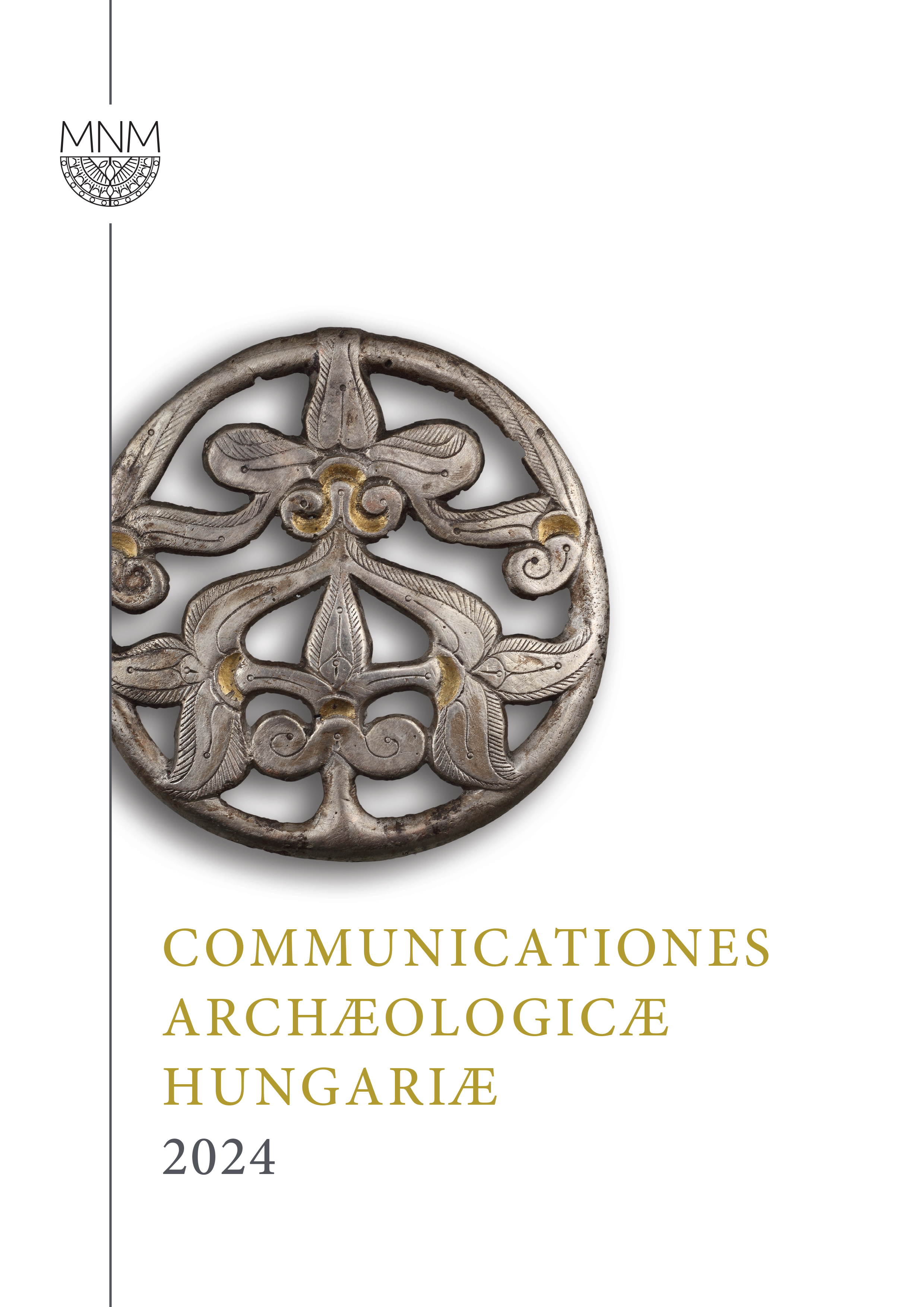Published 2024-12-19
Keywords
- Syrmia,
- Ostrogoths,
- Gepids,
- Heruli,
- Avars
- Slavs,
- archaeological finds,
- space use ...More
How to Cite
Abstract
Lying between the Danube and Sava rivers, the region of Syrmia used to be the northern fringe of the Roman Empire and, later on, the southernmost land of the Avars. It had been named after one of its few cities, Sirmium, which started to lose its importance by the beginning of the fifth century. After the fall of the Hunnic Empire, Syrmia was controlled by the Ostrogoths. In 510 the Romans had to accept that the whole of Syrmia was Ostrogothic, except for its southeastern corner with the city of Bassianae. Around the year 512 Emperor Anastasius settled the Heruli there. The Gepids, with short interruptions, held Sirmium for almost a century, from 474 to 567. In the course of more than a century, the way of life and space use in Syrmia underwent significant changes, and it appears that the crisis was further deepened with the arrival of the Avars, who seem not to have settled the region on a large scale.


